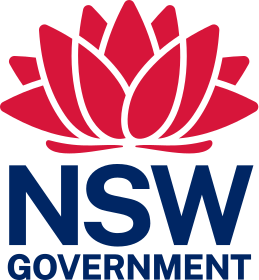
Care in Transit: Designing for Passengers, Transport Operations, and Homelessness Support
Understand how we can make spaces respectful to rough sleepers without diminishing customer experience and service provision within transport precincts.
As train stations and/or surrounds are redeveloped for business, housing and recreation, public safety and perceptions of safety will be a priority for people, property, and investment – goals which will be challenged by interactions between customers, other visitors and rough sleepers.
Project Overview
Transport for NSW manages and builds infrastructure often utilised by organisations that support people who are homeless or sleeping rough, even if we don't plan for this purpose.
For example, at Central Station, there are over 60 organisations providing support at any given time. This creates a wicked problem as the lack of governance and design has led to the risk of an unsafe environment for both the people who are homeless and those trying to get to and from the station. Central Station exemplifies this issue, but many other Transport for NSW controlled spaces and places have the same problems.
Participants
- Transport for NSW
- La Trobe University
Addressing Homelessness
Homelessness in and around train stations is a complex issue governed by multilevel policy initiatives. These include:
- The National Housing and Homelessness Agreement (NHHA) provides funding and support for homelessness services and housing programs.
- The NSW Government's Homelessness Strategy aims to prevent and reduce homelessness through various interventions, including housing assistance and support services.
- Local government plans like the City of Sydney's Homelessness Action Plan or the City of Parramatta's Homelessness Policy focus on implementing local solutions to homelessness in collaboration with community stakeholders and service providers.
Project Contribution
Many of our precincts are going under renewal, and there is an opportunity for Transport to consider how its infrastructure can better accommodate the delivery of homeless services and improve the overall safety of the environment for its customers. This project supports TfNSW's contribution to achieving these multilevel government policy initiatives and local-level governance. It seeks solutions to manage how TfNSW engages with rough sleepers and the agencies serving them without losing sight of transport client experiences. Addressing this challenge is necessary because people who are homeless have a right to be in public places and participate in public events (Homelessness Action Plan 2020, Protocol for Homeless People in Public Places).
Further updates will be provided as this project progresses.
This research is being delivered in partnership with iMOVE CRC and supported by the Cooperative Research Centres program, an Australian Government initiative.
